Is It Time For a Mortgage Checkup?
It’s coming up on the end of the year. It’s most likely been another busy year for you; when is it not right? While there’s so much to do as we get into the holiday spirit, this is a great time to reflect on your finances, more specifically your mortgage. Maybe you’ve had your mortgage for a couple years and it’s not top of mind. But things have not only changed in the mortgage industry, but also likely your own finances.
If you’re paying more than four per cent on any debts, now’s the time to look and possibly refinance the debt into your mortgage.
Mortgage Brokers work on so many files where people don’t realize their consumer debt is handcuffing and limiting them on what they’re able to do.
Their clients are concerned they’ll pay a penalty to refinance or lose their rate, but they don’t look at the long-term picture and realize how much they can save.
Yes, it’s gotten harder to refinance with all the government regulations and stress tests, but it can be done and it might save you money. Just remember, if you do decide get rid of the consumer debt, you need to make sure you don’t go down that hole again.
Once you’ve consolidated, look at your trade lines and keep what you need, not what you want and change spending behaviors where you can.
If you’re feeling good about your financial situation and have a little extra cash each month, consider your payment privileges.
If you do have pre-payment privileges, accelerated payments are fantastic if you use them.
A full-frill mortgage product could have a number of pre-payment privileges including accelerated payments of up to 20 per cent of your monthly payment, double monthly payments, and annual payments of up to 20 per cent of the full loan amount.
You might be surprised how much time you can knock off your mortgage by accelerated payments.
For example, on a 30-year mortgage, a one-time 10 per cent increase on your monthly payment can shave four years off your mortgage. If you bumped up your payment by 10 per cent each year, you would be mortgage free in 13 years. If 10 per cent is too high, five per cent gets you mortgage free in 18 years.
These are just a couple ways a mortgage checkup can help save you some money and get you on the right path for 2019.
If you'd like to discuss your options - any of our Canadian Mortgage Experts would love to help!
This article was included in the December 2019 DLC Newsletter.




